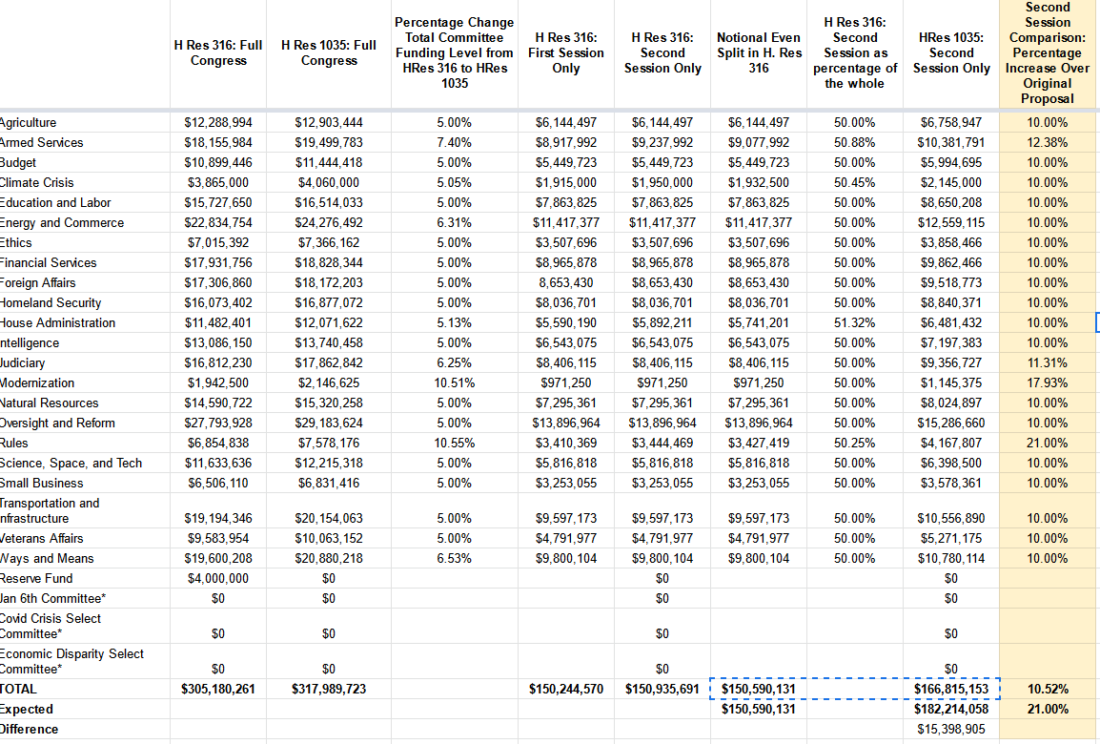The FY 2023 appropriations omnibus was passed by both houses of Congress and signed by President Biden. The FY 2023 Legislative Branch Appropriations Bill was rolled into the package, and it is packed with good government initiatives and significant investments in Congress’s capacity to legislate, conduct oversight, serve constituents, and more.
We and our civil society colleagues recommended dozens of items to include as part of the bill text and committee report — see our FY 2023 Appropriations requests, FY 2023 appropriations testimony, and 2022 report on updating House Rules — many of which appropriators graciously considered and included.
As Congress turns to the FY 2024 appropriations process, this blogpost highlights some of the notable funding changes reflected in the FY 2023 Legislative Branch Appropriations Bill. You can find the complete FY 2023 Legislative Branch portion of the bill here and the Joint Explanatory Statement here. The Senate summary can be found here and the House summary can be found here. For resources on prior Legislative Branch Appropriations bills, go here. In a future blogpost, we will look at the report language.
You can compare final line item funding for FY 2021 versus FY 2022 versus FY 2023 by looking at our spreadsheet.
The FY 2023 Legislative Branch bill appropriates $6.9 billion towards the Legislative Branch, a $975.0 million increase over FY 2022, representing 16.5% increase.
Continue reading “Legislative Branch Funding Breakdown in the FY 2023 Omnibus Bill”
